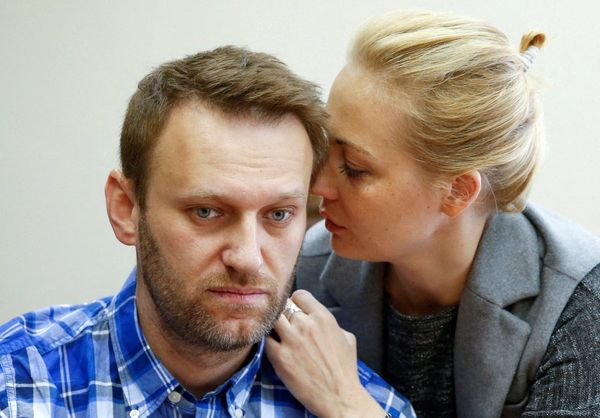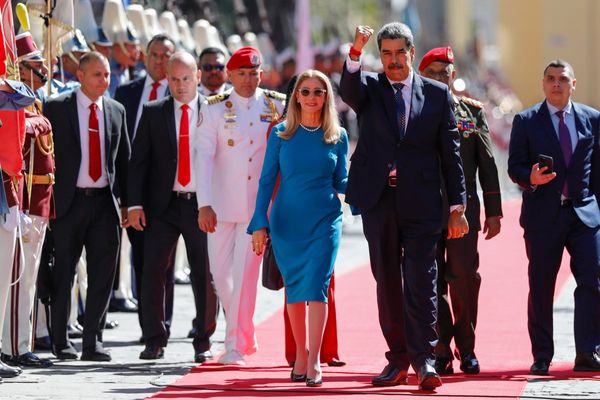
Australia has welcomed Ukrainians fleeing the war with bipartisan support, with the government agreeing to fast-track student, skilled worker and tourist visas for Ukrainians. So far 3000 visas have been approved, with at least 300 Ukrainians arriving onshore.
But most Ukrainians are arriving on visitor visas, forking out more than $1000 each for last-minute flights from central Europe. While Ukrainians fleeing to European Union countries are afforded rights and protections for at least a year, in Australia no onshore humanitarian packages or temporary protection visas have been announced.
As the war drags on, it’s not clear in Australia and across Europe how far goodwill will extend, or what future awaits those displaced by Russia’s invasion.
Onshore, but now what?
The Australian Federation of Ukrainian Organisations (AFUO) is leading the charge in supporting recently arrived Ukrainians, working closely with the community to organise accommodation, services and support. But so far, AFUO chairman Stefan Romaniw OAM tells Crikey that most of the 300-odd arrivals have been classified as tourists.
“The tourist visa was the easiest mechanism to get things going … and the objective was to get people here safely,” he said. This means as tourists, they’re not able to work, access Medicare, education or subsidised accommodation.
Romaniw said there’s been a surge of support with plenty of donations through the crisis appeal, with people also offering accommodation and organisations offering mental health services. They’ve also been working with Ukrainian credit properties to facilitate debit cards and funding.
He hopes by next week the government will provide an announcement on humanitarian programs Ukrainians can access: “We’re advocating for a specialised humanitarian package to give people the opportunity to work. At this point in time, Australia needs a labour force.”
This is crucial — many Ukrainians are traumatised from their experience. With men of fighting age not permitted to leave the country, many families are concerned about their loved ones left behind.
“There’d be nothing worse than being displaced here and not being able to work. That would just exacerbate the mental health issues,” Romaniw said.
The Department of Home Affairs told Crikey “broad consideration” is being given to visa options for those onshore, with close to 3000 mostly temporary visas already granted. Humanitarian support options are “being considered by Government and will be undertaken in conjunction with key partners to provide targeted support, including UNHCR and IOM”, the spokesperson said.
Can Ukrainians seek asylum in Australia?
Once onshore, Ukrainians that have arrived on a valid visa by plane can apply for a protection visa. Grattan Institute migration deputy program director Henry Sherrell told Crikey Ukrainians fit the definition of a refugee, but those that arrive by plane have the benefit of staying in the country while their protection visa is processed — while those that arrive by boat have to apply for an asylum visa and spend years in offshore detention centres.
How these visas are granted are discretionary, with priority given to the most vulnerable refugees and those proposed by an immediate family member or relatives residing in a regional area.
“They can be dealt with on a case-by-case basis … and it’s up to government and department how they want to process those visas,” Sherrell said.
There’s another route too: the government can offer temporary protection visas and safe haven enterprise visas which give asylum for a certain period of time or under certain conditions, such as the condition of working in regional areas. Fast-tracking these visas, instead of tourist visas, would allow Ukrainians to access Centrelink benefits, Medicare, JobSeeker assistance, schools, and short-term counselling for torture or trauma, as well as allowing them to leave the country for travel.
Doing this — at least initially until the outcome of the invasion becomes clearer, or a negotiation deal is struck — would reduce the burden on humanitarian visa caps. Australia’s refugee intake cap was slashed from 18,750 places in 2018-19 to 13,750 places in 2020-21 with 28,000 fewer refugees accepted than promised due to COVID-19.
How easy will the transition be?
The invasion has caused the largest movement of refugees in Europe since World War II, and the EU has responded with support, activating a temporary protection directive allowing Ukrainians to stay in the EU for at least one year — where they will be given a residence permit, and access to education and to the labour market.
ANU political expert Dr Charles Miller told Crikey the EU is well placed to accept and support Ukrainians — but that goodwill could wane depending on how long the invasion goes on.
“Once the conventional physical war is over, or if there’s an insurgency which continues after that, I think it’s quite likely that we’re going to see some problems,” he said, pointing to Germany’s initial support of Syrian refugees in 2015 before closing their borders months later.
Miller acknowledged that Ukrainian refugees are likely to have an easier time as they’re from culturally, religiously and ethnically similar countries to Central Europe, and said this would likely also be the case in Australia. Of all the Iraqi and Syrian refugees accepted by Australia in 2015 and 2016, 78% identified as Christian.
“Normally I would not be very hopeful for people being given permanent refugee status, but I’m hopeful this might be an exception,” Miller said.







